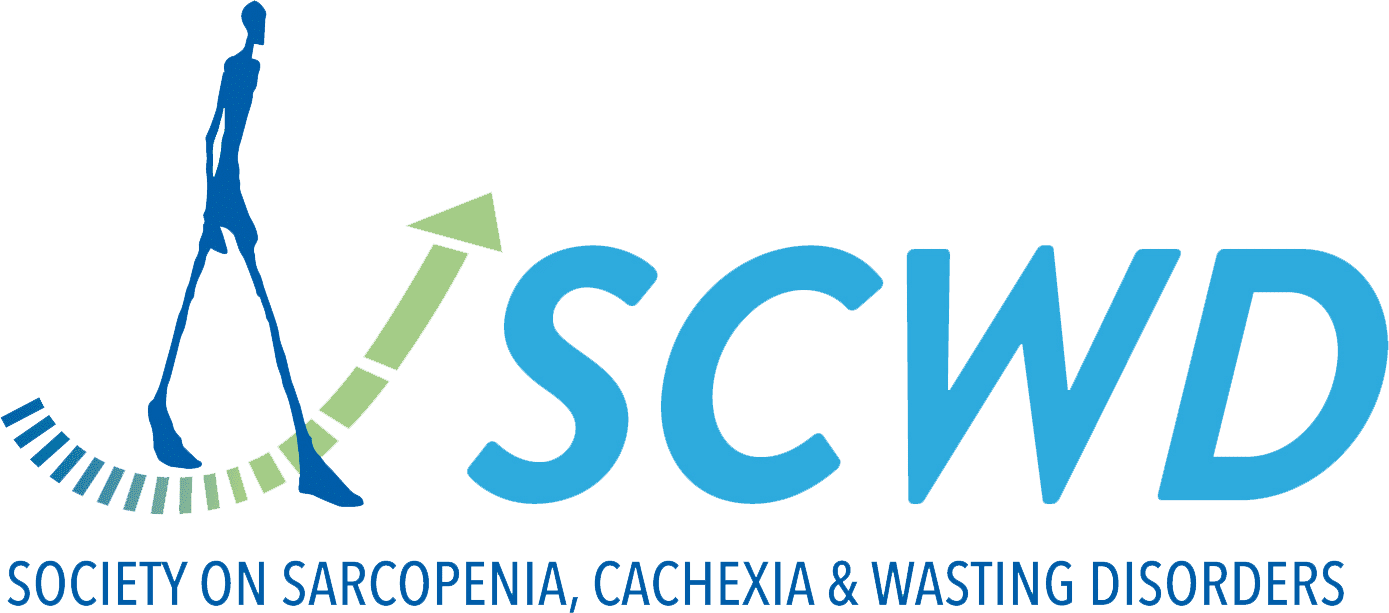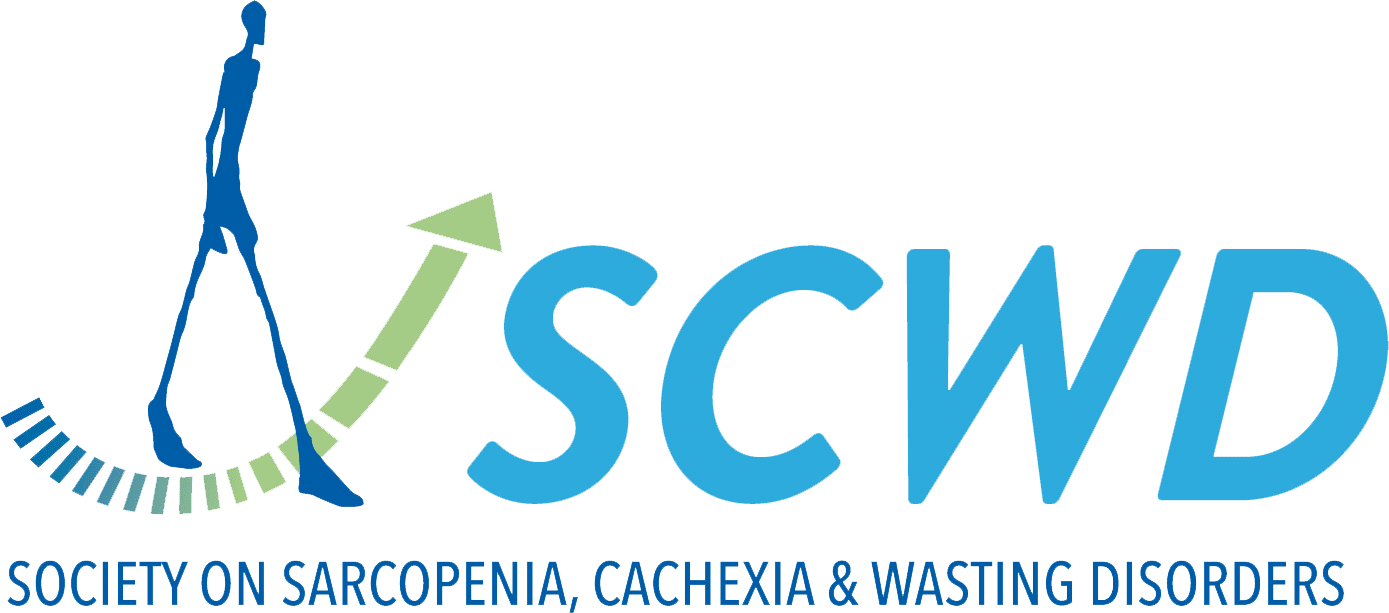Skeletal Muscle HSF1 Alleviates Age-Associated Sarcopenia and Mitochondrial Function Decline via SIRT3-PGC1α Axis.
Age-related sarcopenia, characterized by progressive loss of skeletal muscle mass and strength, impacts metabolic health and quality of life in the elderly. Heat shock factor 1 (HSF1) is a transcription factor that orchestrates cellular responses to various stresses, while its...


